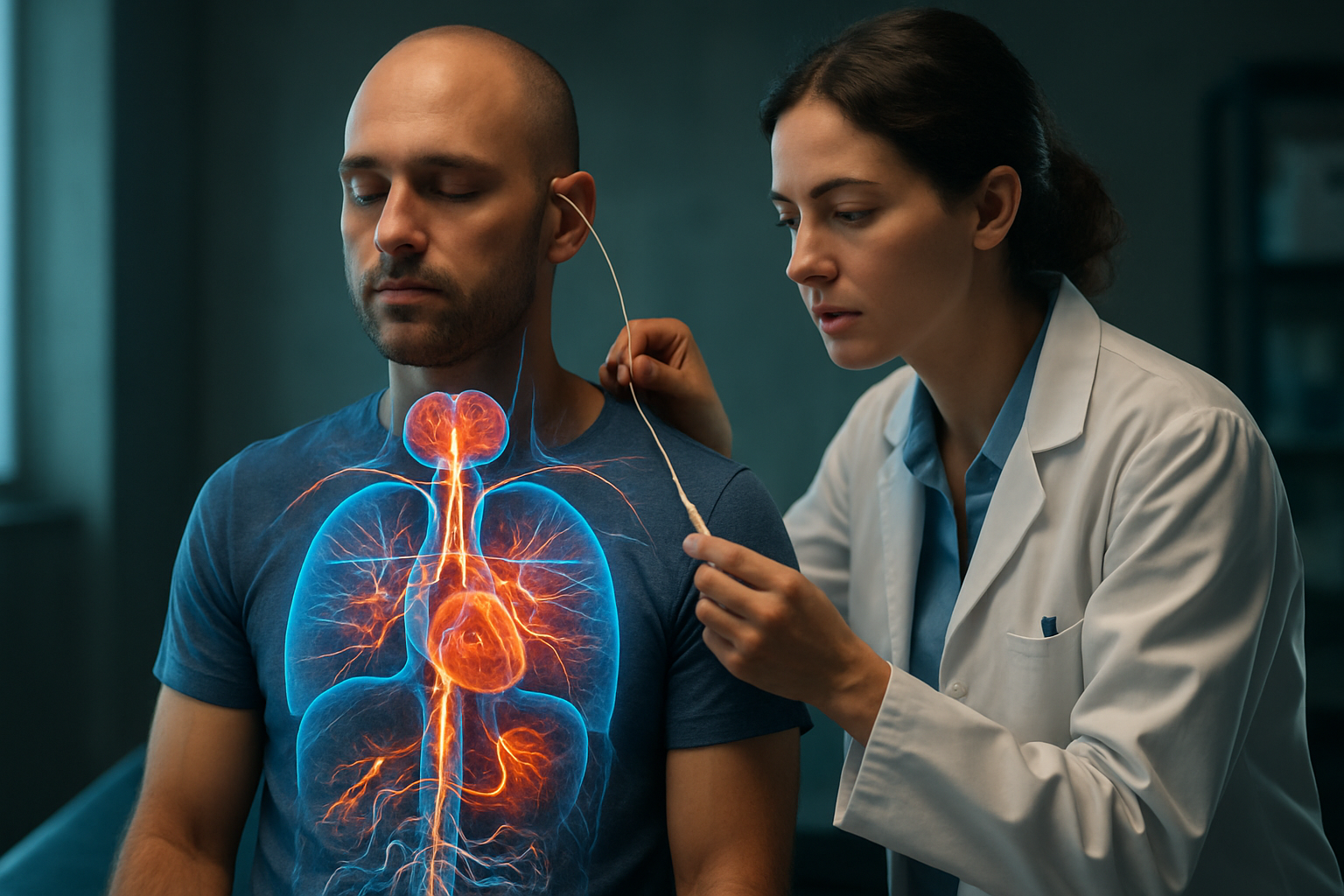Recognizing Liver Cirrhosis: Important Warning Signs to Watch For
Liver cirrhosis is a serious condition where healthy liver tissue is gradually replaced by scar tissue, impairing liver function. Early detection is crucial to managing the disease and preventing complications. Common warning signs include fatigue, jaundice, swelling in the abdomen or legs, easy bruising, and confusion. Being aware of these symptoms can help you seek timely medical care and improve outcomes.

What Are the Early Symptoms of Liver Cirrhosis?
The early symptoms of liver cirrhosis often develop gradually and can be easily mistaken for other common health issues. Initially, many people experience persistent fatigue that doesn’t improve with rest, along with unexplained weakness that interferes with daily activities. Loss of appetite and unintended weight loss frequently occur as the liver struggles to process nutrients effectively. Nausea and vomiting may become more frequent, particularly after eating fatty foods. Many individuals also notice a dull aching sensation in the upper right abdomen where the liver is located. These subtle signs often appear months or even years before more obvious symptoms develop, making early recognition crucial for timely intervention.
Which Signs of Liver Damage Should You Watch For?
As liver cirrhosis progresses, more noticeable signs of liver damage begin to emerge. Easy bruising and bleeding occur because the liver can no longer produce adequate clotting proteins. Small spider-like blood vessels may appear on the skin, particularly on the chest and shoulders. The palms of the hands often become red and blotchy, a condition known as palmar erythema. Men may experience breast enlargement and testicular shrinkage due to hormonal imbalances caused by liver dysfunction. Mental confusion, difficulty concentrating, and memory problems can develop as toxins that the liver normally filters begin to affect brain function. These signs indicate that liver damage has become more substantial and requires immediate medical attention.
How Does Jaundice Relate to Liver Health?
Jaundice represents one of the most recognizable indicators of liver problems and occurs when bilirubin, a yellow pigment produced during the breakdown of red blood cells, accumulates in the body. In healthy individuals, the liver processes bilirubin and eliminates it through bile. However, when liver function becomes compromised by cirrhosis, bilirubin builds up in the bloodstream, causing a characteristic yellowing of the skin and the whites of the eyes. The yellowing typically appears first in the eyes before spreading to the skin, and urine may become dark amber or tea-colored while stools turn pale or clay-colored. The presence of jaundice indicates significant liver dysfunction and represents a medical emergency requiring immediate evaluation and treatment.
Understanding Abdominal Swelling and Fluid Retention
Abdominal swelling and fluid retention, medically known as ascites, occurs when the liver can no longer produce sufficient proteins to maintain proper fluid balance in the body. As liver function declines, fluid begins to accumulate in the abdominal cavity, causing the belly to become distended and uncomfortable. This swelling often develops gradually, with clothes becoming tighter around the waist before the swelling becomes visibly obvious. Fluid retention also commonly affects the legs, ankles, and feet, causing them to swell, particularly at the end of the day. The accumulated fluid can make breathing difficult when lying flat, and rapid weight gain may occur despite poor appetite. This symptom indicates advanced liver disease and requires immediate medical intervention to prevent life-threatening complications.
What Makes Early Diagnosis Crucial in Liver Disease?
The importance of early diagnosis in liver disease cannot be overstated, as it directly impacts treatment outcomes and long-term prognosis. In the United States, liver cirrhosis ranks among the top ten leading causes of death, yet early detection can significantly slow disease progression and prevent complications. When diagnosed in earlier stages, lifestyle modifications, medications, and targeted treatments can help preserve remaining liver function and prevent further scarring. Early diagnosis also allows healthcare providers to monitor for complications such as liver cancer, which develops in approximately 3-5% of cirrhosis patients annually. Additionally, patients diagnosed early have better access to liver transplant opportunities if needed, as they can be evaluated and listed before their condition becomes too advanced for surgical intervention.
Treatment Approaches and Healthcare Provider Options
Liver cirrhosis treatment varies significantly depending on the underlying cause, stage of disease, and individual patient factors. Major medical centers across the United States offer specialized hepatology services, with leading institutions including Mayo Clinic, Cleveland Clinic, and Johns Hopkins providing comprehensive cirrhosis care programs. Treatment typically involves managing underlying causes such as hepatitis or alcohol use disorder, medications to slow progression, and monitoring for complications. Advanced cases may require liver transplant evaluation at specialized transplant centers.
| Healthcare Provider | Services Offered | Key Features |
|---|---|---|
| Mayo Clinic | Comprehensive liver care, transplant services | Multi-disciplinary team approach, research programs |
| Cleveland Clinic | Hepatology services, advanced diagnostics | Specialized cirrhosis clinics, nutrition counseling |
| Johns Hopkins | Liver disease management, clinical trials | Academic medical center, cutting-edge treatments |
| Local Gastroenterology Practices | Routine monitoring, medication management | Convenient access, ongoing care coordination |
Recognizing the warning signs of liver cirrhosis empowers individuals to seek timely medical care that can significantly impact their health outcomes. From the subtle early symptoms like fatigue and appetite loss to more obvious signs such as jaundice and abdominal swelling, each symptom represents an important signal that shouldn’t be ignored. The progressive nature of liver cirrhosis makes early detection and intervention absolutely critical for preserving liver function and preventing life-threatening complications. If you notice any combination of these warning signs, consulting with a healthcare professional promptly can make a substantial difference in your treatment options and long-term prognosis.
This article is for informational purposes only and should not be considered medical advice. Please consult a qualified healthcare professional for personalized guidance and treatment.




